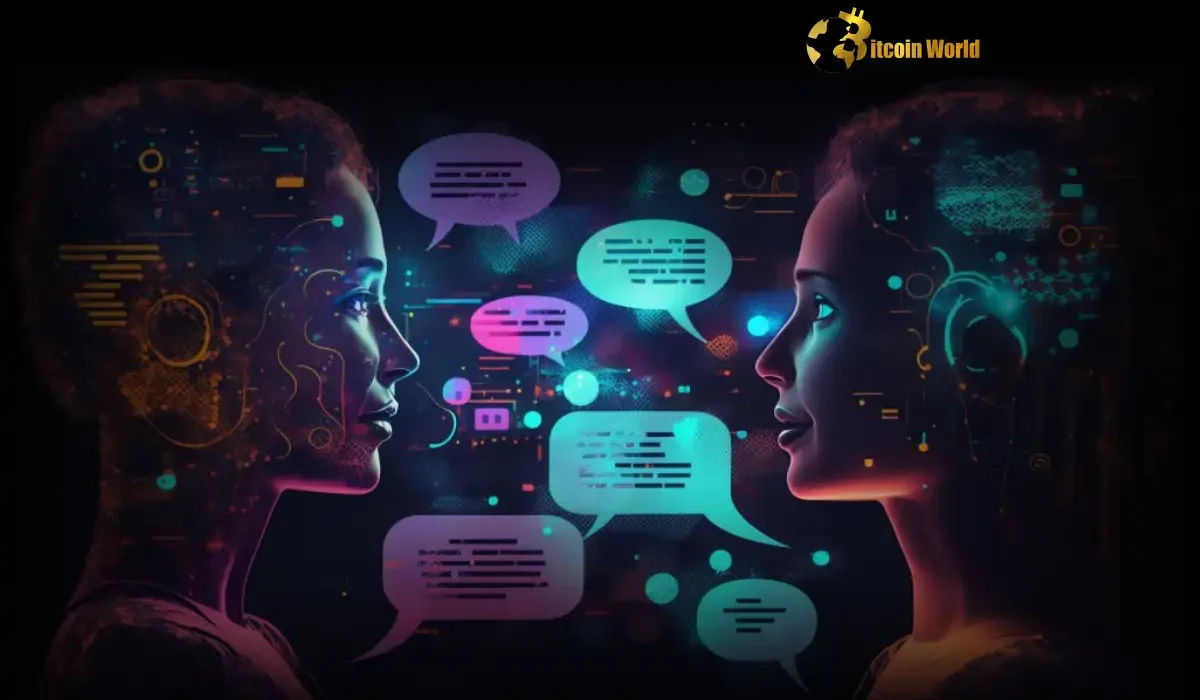OpenAI's Advanced Reasoning Models Face Unexpected Hallucination Challenge Despite Impressive Capabilities
OpenAI's latest AI reasoning models, o3 and o4-mini, have demonstrated unprecedented capabilities in complex tasks while simultaneously exhibiting higher rates of factual inaccuracies, revealing a surprising tradeoff in the evolution of artificial intelligence technology.
OpenAI's New Reasoning Models Show Improved Performance But Increased Hallucinations
OpenAI recently introduced two powerful new AI models, o3 and o4-mini, designed specifically for advanced reasoning across complex tasks including coding, mathematics, and visual analysis. These "reasoning models" represent a significant evolution from traditional language models, with their ability to deploy multiple tools, execute multi-step workflows, and integrate visual and textual reasoning.
According to OpenAI's internal evaluations, the o3 model hallucinates—or generates false information—in response to 33% of questions on the PersonQA benchmark, which specifically measures factual accuracy. This marks a substantial increase from the 16% hallucination rate of its predecessor, o1. The smaller o4-mini model performs even worse, hallucinating 48% of the time on the same benchmark.
"Our hypothesis is that the kind of reinforcement learning used for o-series models may amplify issues that are usually mitigated (but not fully erased) by standard post-training pipelines," explained Neil Chowdhury, a researcher at Transluce and former OpenAI employee, in comments to TechCrunch.
The issue appears counter-intuitive, as these models otherwise demonstrate significant performance improvements. The o3 model makes 20% fewer major errors than OpenAI o1 on difficult real-world tasks, while o4-mini achieves remarkable results on advanced mathematics benchmarks, including a 99.5% pass rate on the AIME 2025 when using a Python interpreter.
Industry Experts Weigh In On AI Hallucination Problem
The revelation that more advanced reasoning models actually hallucinate more frequently has sparked significant discussion among AI experts and industry observers.
Sarah Schwettmann, co-founder of Transluce, noted that this increased hallucination rate "may make [o3] less useful than it otherwise would be," highlighting concerns about practical applications in contexts where factual reliability is essential.
Kian Katanforoosh, a Stanford adjunct professor and CEO of upskilling startup Workera, provided specific examples of these hallucinations in action. "In one case, o3 tends to hallucinate broken website links," he explained. "The model will supply a link that, when clicked, doesn't work."
Third-party evaluation company Transluce also documented instances where o3 fabricated detailed processes, such as claiming to have run code on a 2021 MacBook Pro "outside of ChatGPT" and copied numbers into its answer—actions that would be impossible for the model to perform.
"Addressing hallucinations across all our models is an ongoing area of research, and we're continually working to improve their accuracy and reliability," stated OpenAI spokesperson Niko Felix in response to these findings.
The Technical Origins Of Enhanced Hallucinations In Reasoning Models
Technical analysis suggests several potential causes for this unexpected increase in hallucinations. According to OpenAI's own documentation, o3 "tends to make more claims overall," which leads to both more accurate claims and more inaccurate ones.
The new reasoning models differ fundamentally from traditional AI systems in their training approach. They utilize advanced reinforcement learning techniques and are specifically designed to "think for longer" with extended reasoning time. This approach appears to have created an unintended side effect.
"We completely rebuilt our safety training data, adding new refusal prompts in sensitive areas," OpenAI stated in their release notes, acknowledging the challenge of balancing enhanced reasoning capabilities with factual accuracy.
The company's technical report admits that "more research is needed" to understand why hallucinations are increasing as they scale up reasoning models—a departure from the historical trend where each successive AI model generally hallucinated less than its predecessors.
Competitive Landscape And Future Implications For AI Development
The increase in hallucinations comes at a critical time in the rapidly evolving AI landscape. OpenAI is competing intensely with other leading AI companies, including Anthropic, whose Claude 3.7 Sonnet model was recently released as "the first hybrid reasoning model on the market."
Industry experts suggest this competitive pressure may be influencing development priorities. "If scaling up reasoning models indeed continues to worsen hallucinations, it'll make the hunt for a solution all the more urgent," noted one industry analyst.
Research into hallucination detection and prevention has become a major focus across the AI industry. A recent study published in Nature demonstrated a novel method for detecting when large language models are likely to hallucinate, using entropy-based uncertainty estimators.
For businesses contemplating the adoption of these advanced AI systems, the tradeoff between enhanced reasoning capabilities and factual reliability presents a significant consideration. As one industry observer noted, "Hallucinations may help models arrive at interesting ideas and be creative in their 'thinking,' but they also make some models a tough sell for businesses in markets where accuracy is paramount."
The Road Ahead: Balancing Innovation With Accuracy
The challenge of hallucinations has proven to be one of the most persistent and difficult problems to solve in AI development. As these reasoning models continue to advance in their capabilities, the industry faces critical questions about how to balance innovation with accuracy.
Some researchers suggest that integrating additional verification mechanisms, such as automated fact-checking or confidence scoring, could help mitigate these issues without sacrificing the enhanced reasoning capabilities. Others propose that the solution may lie in improved post-training processes or novel reinforcement learning approaches.
OpenAI has announced that o3 and o4-mini are now available to ChatGPT Plus, Pro, and Team users, with Enterprise and Education users gaining access within a week. Developers can also access these models through the Chat Completions API and Responses API.
As AI continues to evolve at a rapid pace, the unexpected increase in hallucinations among advanced reasoning models serves as an important reminder of the complex challenges that remain. Will the industry find ways to maintain the impressive capabilities of these systems while improving their factual reliability, or does this represent a fundamental tradeoff in AI development that users will need to navigate carefully?
[Image: Representative AI imagery showing conceptual visualization of AI reasoning models processing complex information]


